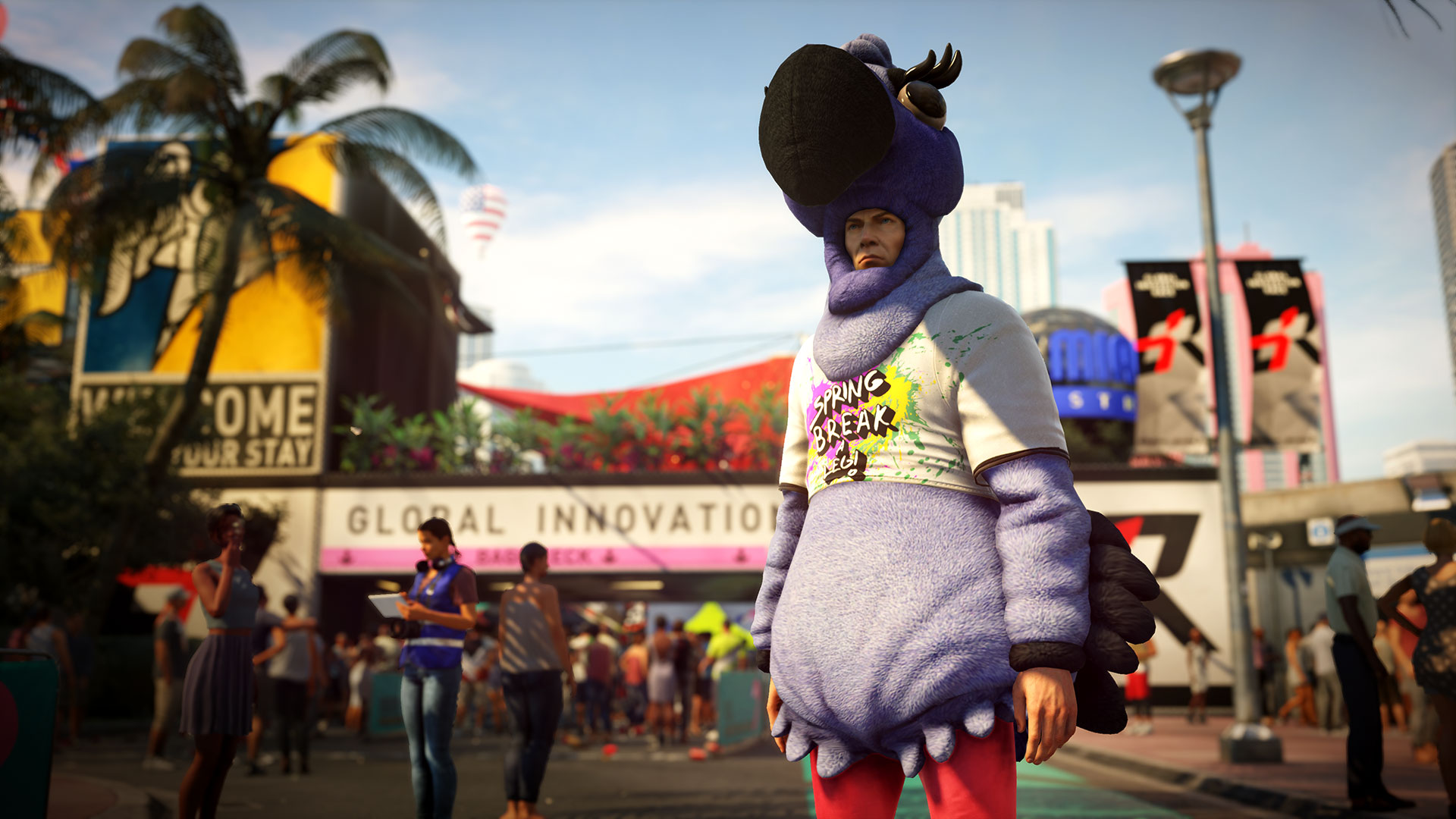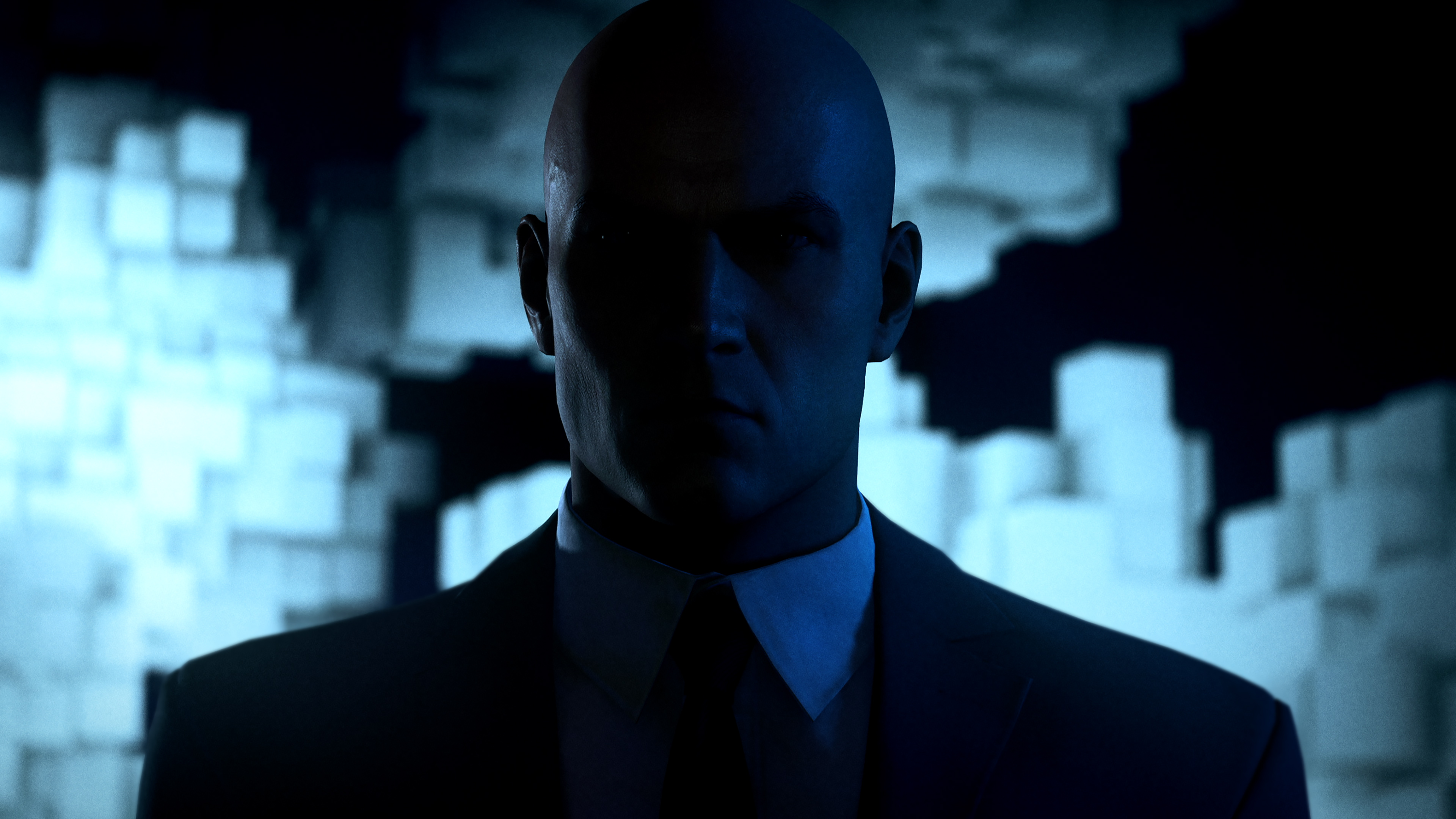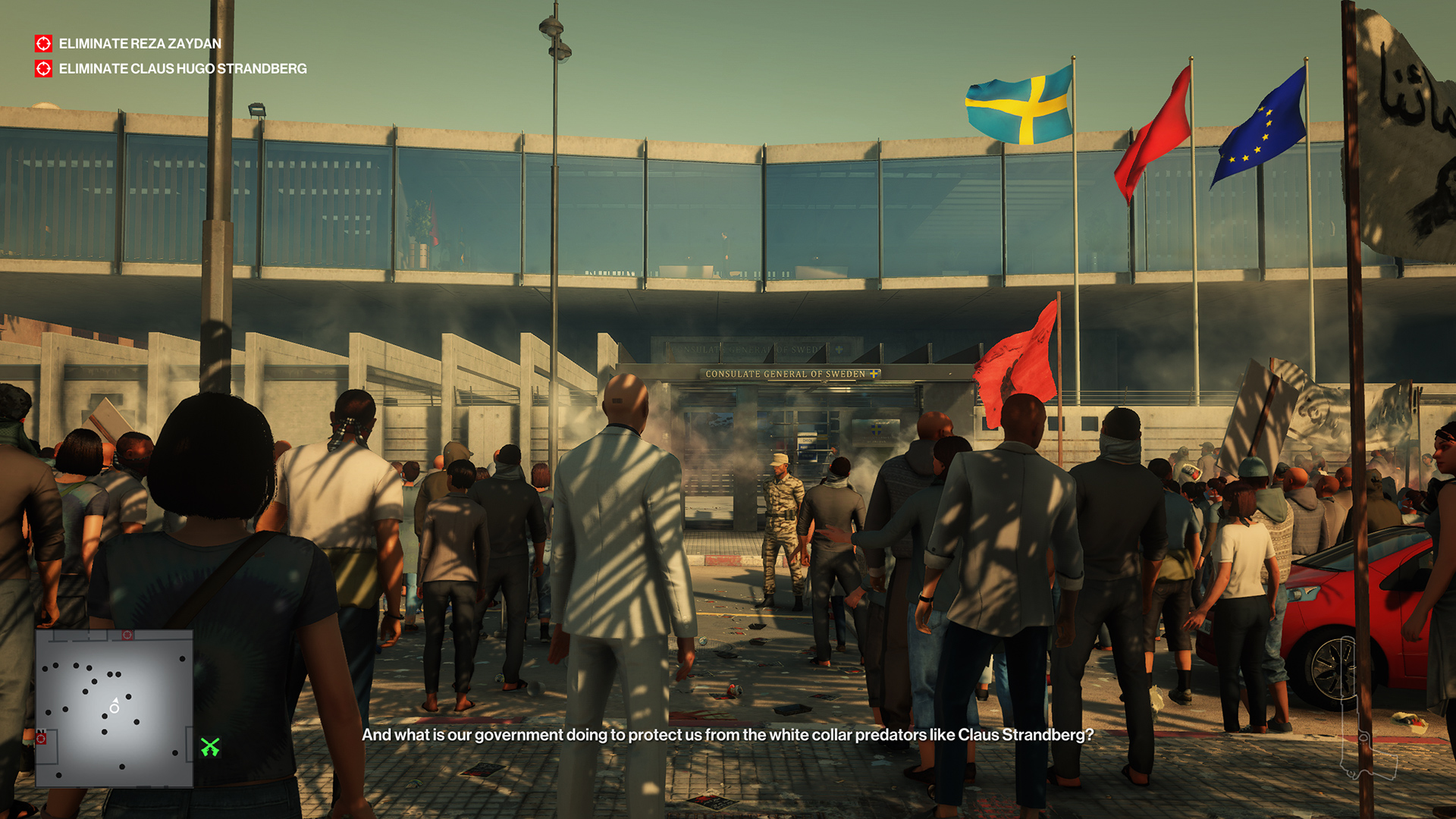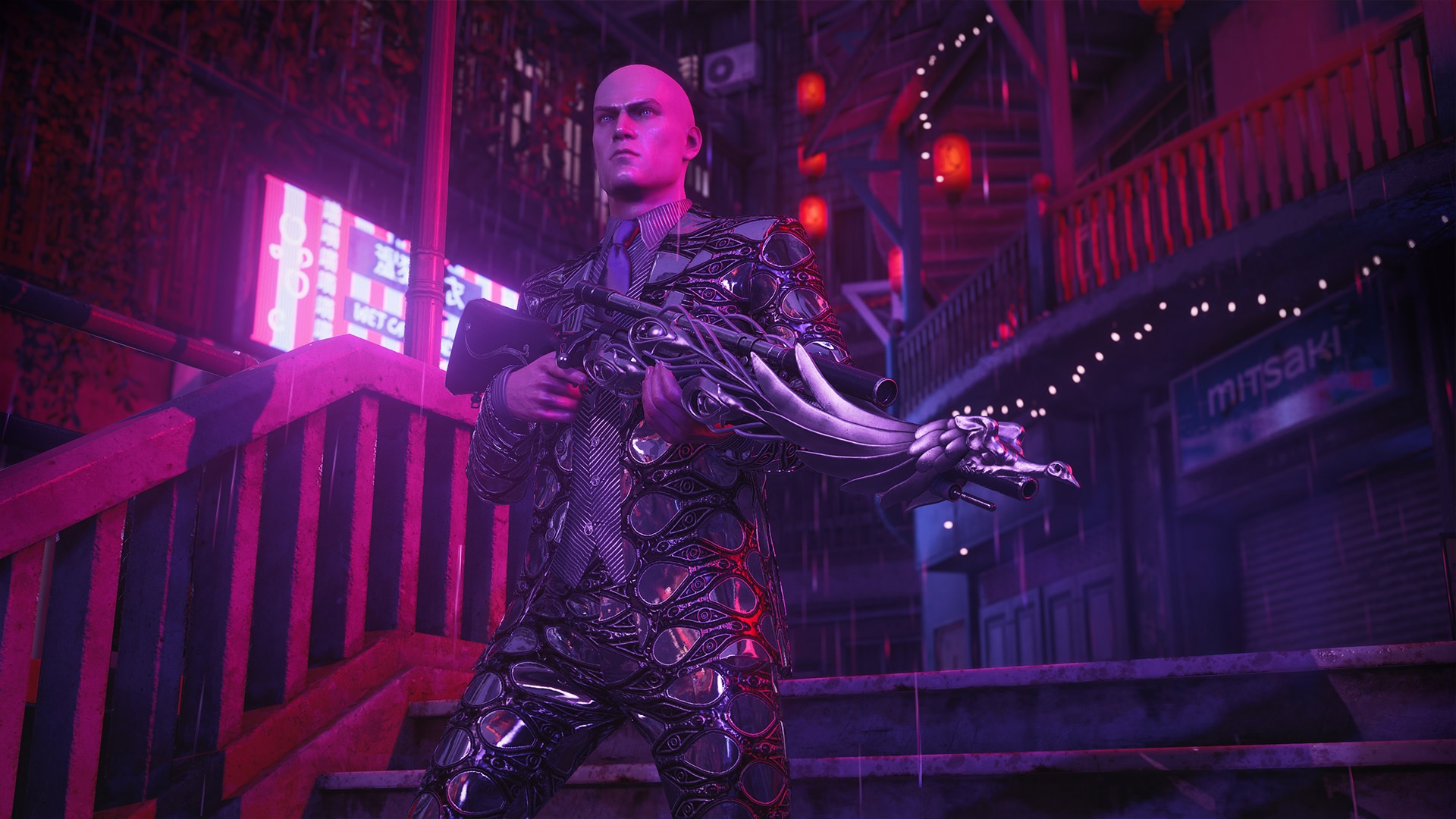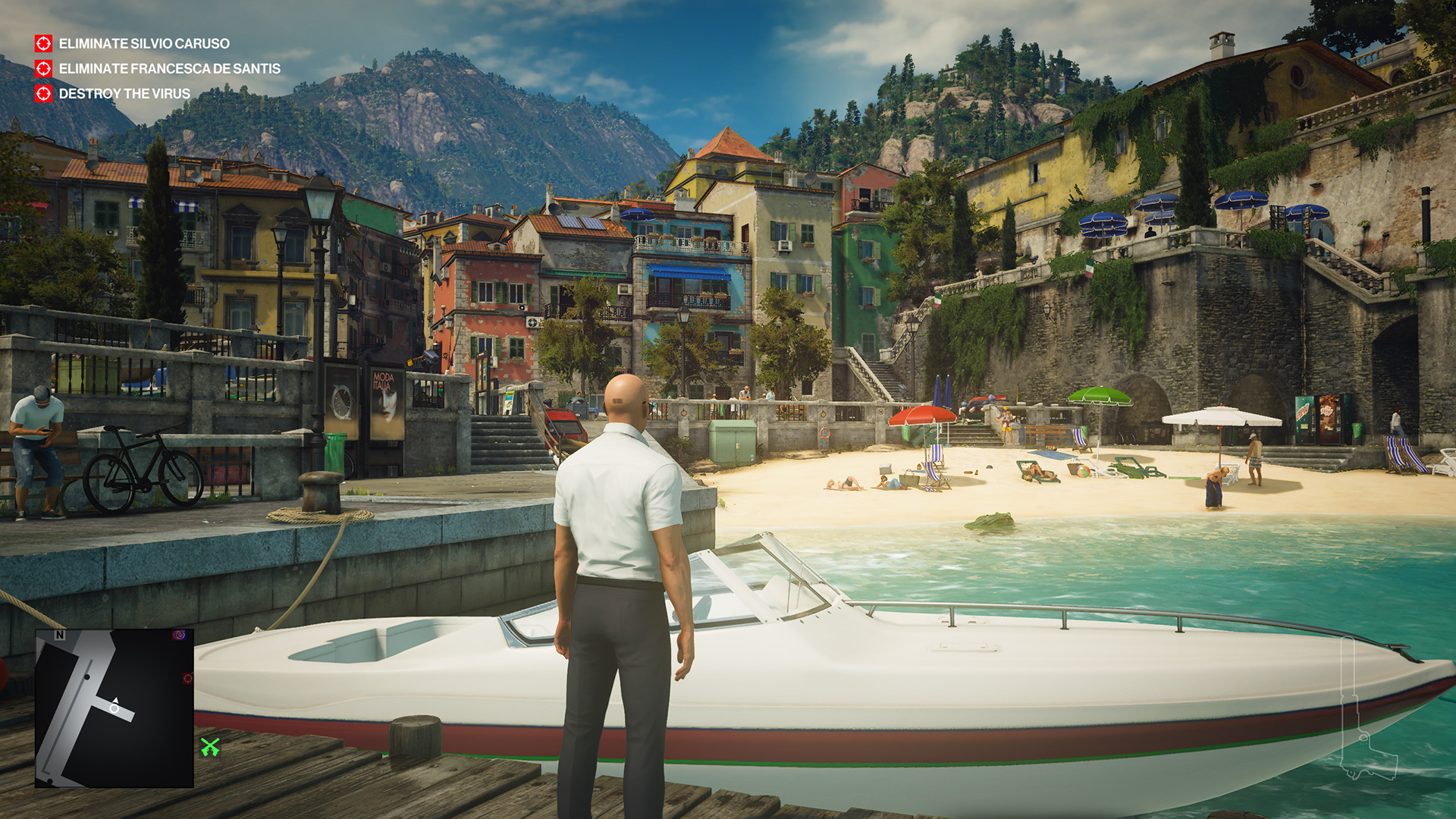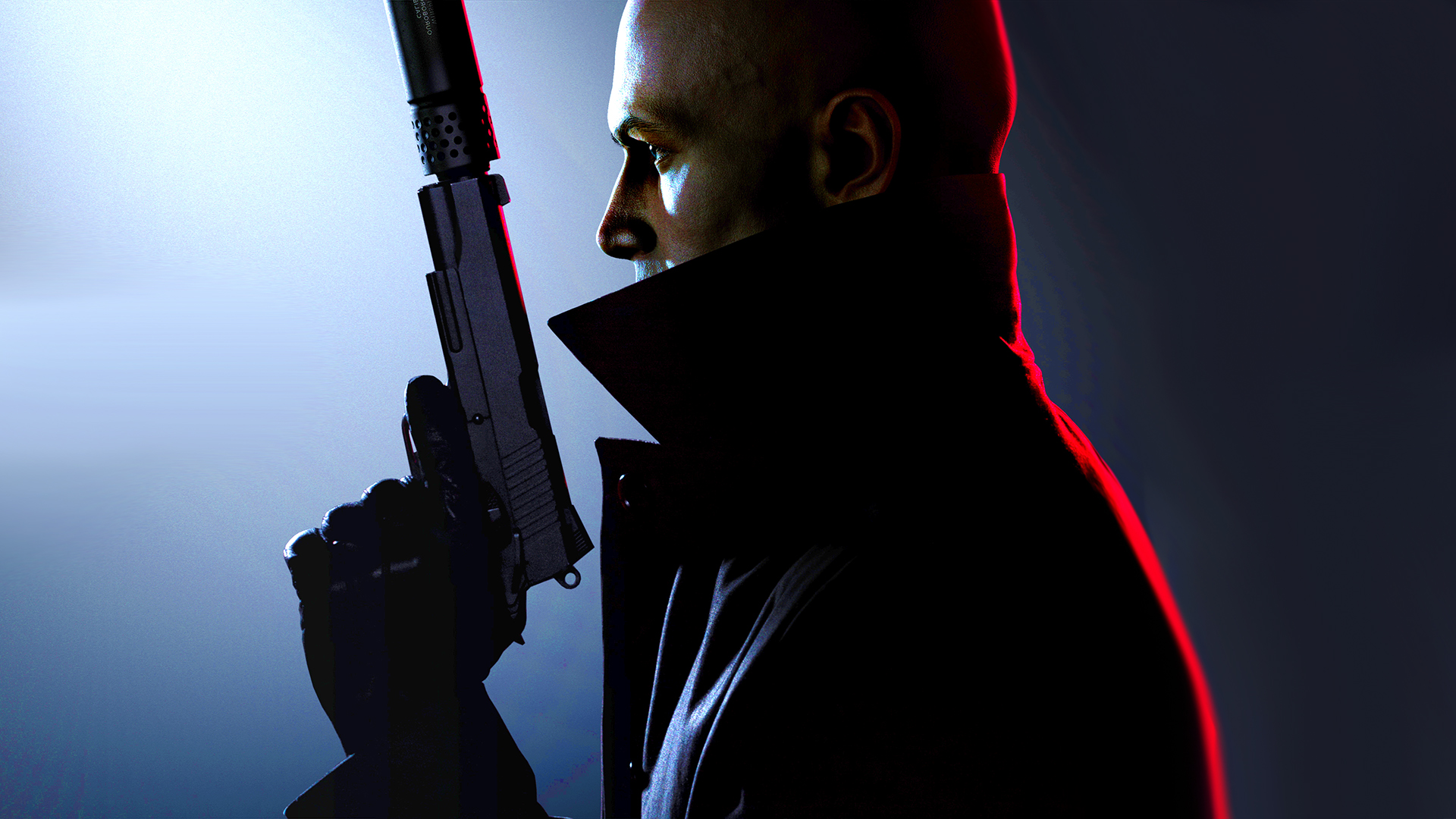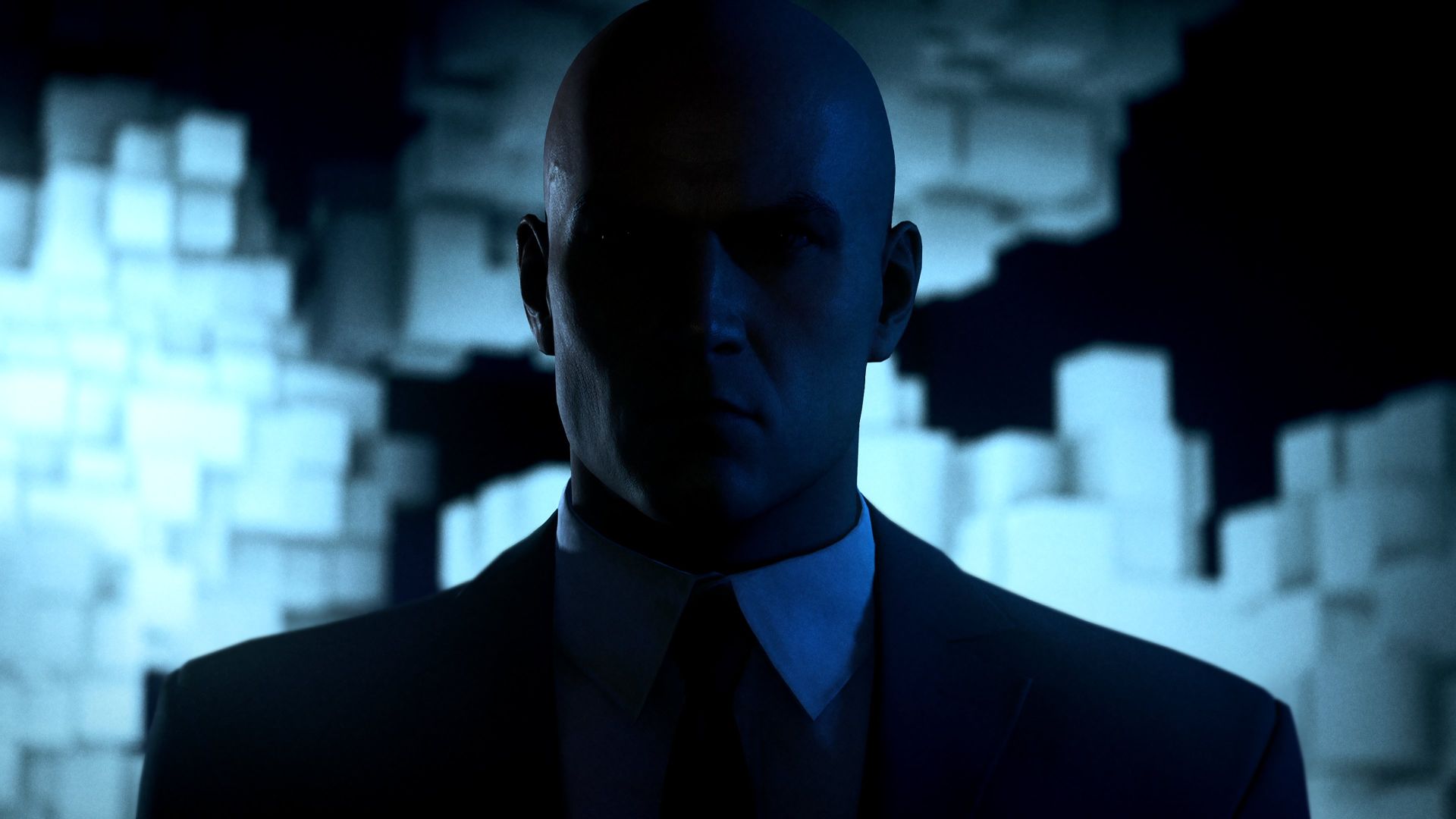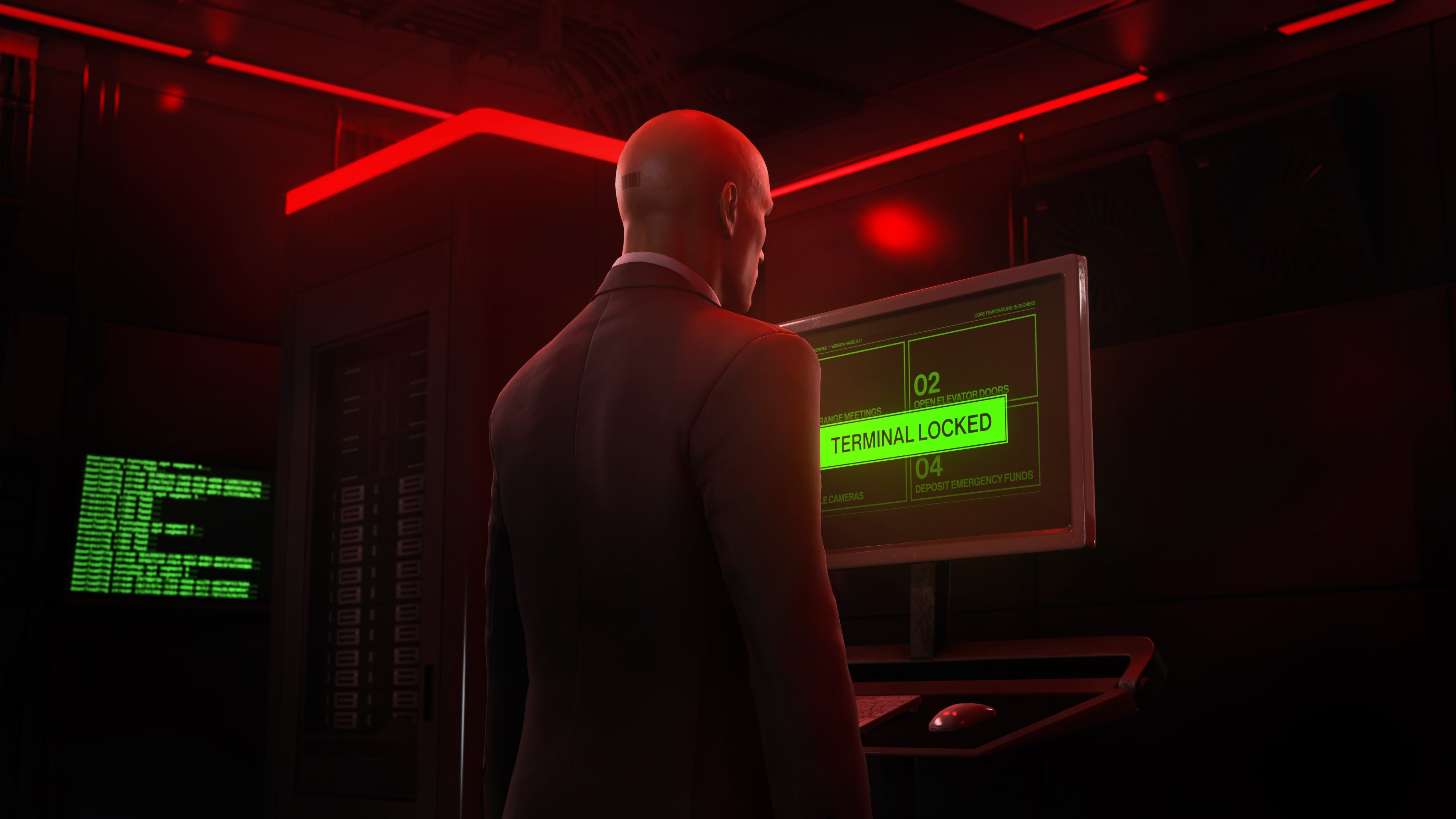Hitman reveals itself in layers
Like a deadly onion
In December, we named Hitman [official site] the best sandbox game of 2016. I hadn't played it at the time, but I have since and, yes, yes. Hitman deserves to be celebrated for its beautiful, detailed worlds. Let's pretend I'm folding this write-up into the calendar entry for the game I missed.
Graham: I treated Hitman like an early access game, putting off playing it until it was complete. I regret that now. I can see that its levels are large enough and polished enough that the best way to play would be to have grabbed them with both hands as each one became available.
Sapienza especially, the second released location, deserves a month spent with it or more. It includes city streets, a multitude of homes and shops, a church and mortuary, a beach and pier, an underground biolab, the crumbling ruins of an old castle, a large and heavily guarded mansion... Many of these locations is large and detailed enough that they could have formed an entire level in a previous Hitman game and still never have risked being called linear.
The missions deserve to be played more than once also because the first go-around is never wholly convincing. At its best, Hitman has always been a game about stumbling across breadcrumbs left for you by the designer - a clown with his back turned standing outside of a child's birthday party, a donut delivery van full of snooping FBI agents, and so on - but nu-Hitman makes those breadcrumbs more explicit with the "Opportunities" system. Stand close to some talking NPCs and you'll be told that an opportunity is revealing itself; listen for a moment and you'll have the option to track that opportunity, which drops a quest marker in the world and tells you what objective to complete next.
Overhear a flower delivery person talking on the phone, for example, and you discover that this offers an opportunity to enter that aforementioned mansion. A quest marker appears on that delivery person, and the words "Get a delivery man outfit" appear in the top left. You know what to do. The quest marker shifts to the pile of flowers beside his crashed van, and then on towards the butler inside the mansion. You can just walk past the guards who would have turned you away before.
Initially I disliked this system. Hitman was at its best in Hitman Blood Money, in which finding those breadcrumbs required you to see items in the environment and think, "Hang on, could I? Would that work?" You then experimented and, if it worked, you felt clever - as if you had been creative, rather than simply having found what the designer made for you. The opportunity system puts an end to that. It says, "Yes, you can do that" from the moment you see an item, and completing the task if often as simple as following the marker on screen.
The system has grown on me, however. The levels are large and complex enough now that always having a relatively straightforward route to completing it is actually welcome. It lets you make the game as easy as you want it to be, to the point of it even being relaxing to play at times, like a murderous point-and-click adventure.
Being able to complete the mission quickly also therefore quickly moves you on to a second playthrough, and you soon discover that there's enough variety, secondary challenges and so on that you can still, as before, make Hitman much, much harder if you want to. Wander around and you'll find umpteen other opportunities, far more than you'd initially expect. Wander around even more and you'll find elements of the world which aren't flagged as opportunities but nevertheless suggest possibilities. Hitman is a systemic game that does a pretty good job of dressing up in the clothing of a linear game, without sacrificing the strengths of either design philosophy.
My current self-set challenge is one listed in the menus for Sapienza: to kill both targets with a single bullet. I have no idea how that might be possible, but in wandering the town's streets hours after first completing the mission, I've found there is still that feeling of creativity and experimentation to be had within the game.
This article was originally published as part of the RPS Supporter Program.


